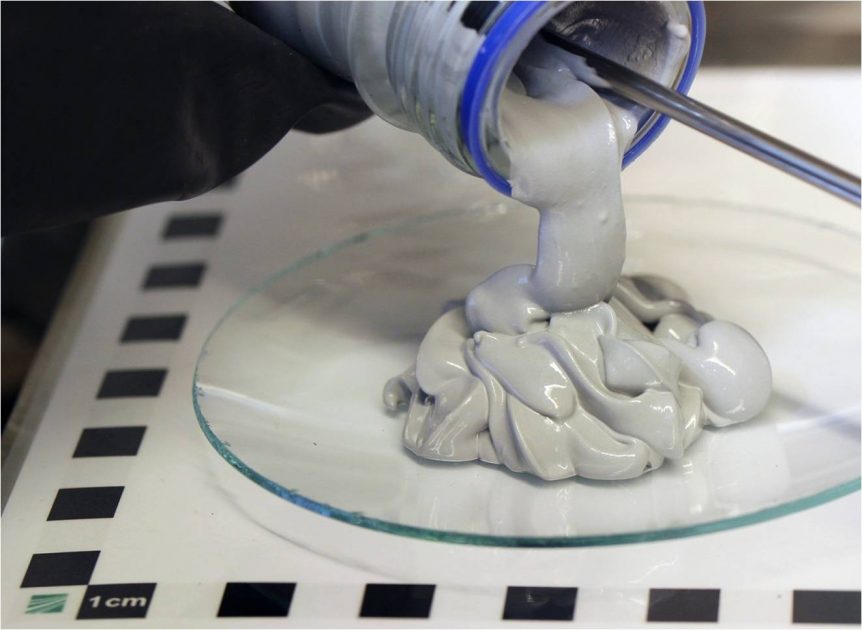Not Gwyneth Paltrow’s Goop What if a different approach to storing hydrogen as a fuel gave benefits that are easily disbelieved? Would this new fuel find approval and widespread adoption? Ask the Fraunhofer Institute for Manufacturing Technology and Advanced Materials (IFAM) in Dresden, Germany. The Institute has come up with something called Powerpaste, claimed to be, “A safe way of storing hydrogen in a chemical form that is easy to transport and replenish without the need for an expensive network of filling stations.” (Fraunhofer describes the paste as a “goop,” not to be confused with the very different fluids marketed by Gwyneth Paltrow under the “Goop” trade name.) We’ve seen hydrogen flying for several decades, with Michael Friend leading a Boeing project to launch the first fuel-cell powered craft in 2008 and Gérard Thevenot flying his H2 fueled “trike” across the English Channel in 2009 using only 550 grams per hour on his crossing, which took a little over an …
H2 – Many Benefits, Many Challenges
The benefits of hydrogen are fairly obvious. It would almost necessarily be a domestically produced material with few environmental shortcomings if made by clean processes. The challenges to be overcome are many and varied, though – with the biggest obstacle to wide-spread use being in the distribution of the fuel. The U. S. Department of Energy, on its Fuel Economy.gov web site, concedes, “The current infrastructure for producing, delivering, and dispensing hydrogen to consumers cannot yet support the widespread adoption of FCVs (fuel cell vehicles).” As different strategies are tested and adopted, this is likely to change, as are the costs for fuel cells and their longevity. Auto makers, working to bring FCVs to market, have dropped prices from the million dollar estimate for a Honda Clarity at its introduction to a few lucky individuals in 2008 to the projected $50,000-$100,000 price range at which its successor, the FCV, might be introduced today. The same type of controversy surrounds this …
Ready or Not, Hydrogen Cars Are Coming
Toyota will sell hydrogen fuel cell- powered cars in the United States in 2015, Bob Carter, senior vice president of automotive operations for Toyota Motor Sales (TMS), USA, Inc. claims, emphasizing, “Fuel cell electric vehicles will be in our future sooner than many people believe, and in much greater numbers than anyone expected.” Despite there being only 10 public hydrogen fueling stations in the US, with nine of those clustered in and south of San Francisco, and only one on the east coast, Toyota claims that they will be installing up to 100 additional stations in the Golden State in the next decade. Already, 19 are under development, 20 more are “expected” in 2015, and the state has allocated $29.9 million for further infrastructure creation. Carter is upbeat, telling an audience at the 2014 Consumer Electronics Show in Las Vegas, Nevada, “Stay tuned, because this infrastructure thing is going to happen.” Toyota showed off its FCV Concept and an engineering …

